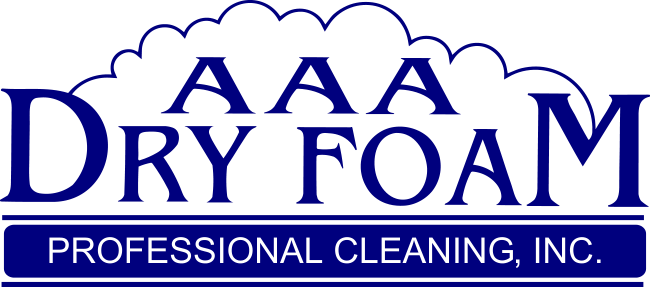Mold Remediation & Testing
Don’t let mold get the best of you…be sure that if you have or think you may have a mold problem to call a professional before it worsens.
Mold remediation focuses on the hidden sources and structural/mechanical factors that promote mold growth. To successfully rid your home or workplace of mold requires the thorough completion of a three-step process. The first is to cleanse the area (mold clean up). The second is to remove any porous materials that housed or could house the mold (mold removal). And most importantly, you have to eliminate the source of moisture.
Because mold can be found virtually everywhere, it is important to make sure that there are no areas in your home or workplace prone to excessive moisture. If the moisture problem goes undetected and untreated a variety of health issues can occur, including allergic reactions. .
Whether it is a mild or extensive case, AAA Dry Foam offers all the necessary services to successfully remedy your home and business mold problems. Due to the in depth structural/mechanical elements that need to be dealt with, we don’t recommend that you try to diagnose and treat your own mold outbreaks. As experts in the area, we know all of the areas that need to be assessed and how to properly repair them.
Contact us today and begin your journey towards a mold free and structurally sound home or workplace.
For more information about Mold, click here.
To read publications on mold click here.
Ten Things You Should Know About Mold
- Potential health effects and symptoms associated with mold exposures include allergic reactions, asthma, and other respiratory complaints.
- There is no practical way to eliminate all mold and mold spores in the indoor environment; the way to control indoor mold growth is to control moisture.
- If mold is a problem in your home or school, you must clean up the mold and eliminate sources of moisture.
- Fix the source of the water problem or leak to prevent mold growth.
- Reduce indoor humidity (to 30-50% ) to decrease mold growth by: venting bathrooms, dryers, and other moisture-generating sources to the outside; using air conditioners and de-humidifiers; increasing ventilation; and using exhaust fans whenever cooking, dishwashing, and cleaning.
- Clean and dry any damp or wet building materials and furnishings within 24-48 hours to prevent mold growth.
- Clean mold off hard surfaces with water and detergent, and dry completely. Absorbent materials such as ceiling tiles, that are moldy, may need to be replaced.
- Prevent condensation: Reduce the potential for condensation on cold surfaces (i.e., windows, piping, exterior walls, roof, or floors) by adding insulation.
- In areas where there is a perpetual moisture problem, do not install carpeting (i.e., by drinking fountains, by classroom sinks, or on concrete floors with leaks or frequent condensation).
- Molds can be found almost anywhere; they can grow on virtually any substance, providing moisture is present. There are molds that can grow on wood, paper, carpet, and foods.
WE HAVE MORE THEN 25 YEAR’S OF EXPERIENCE


